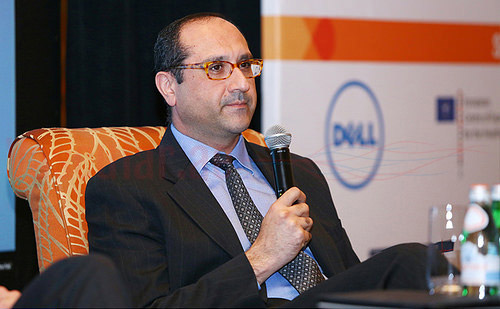
Dr. Amit Kumar speaking at HIMSS Middle East Integrated Health Innovations Conference
Dr. Amit Kumar speaking at HIMSS Middle East Integrated Health Innovations Conference....
Read More
Dr. Amit Kumar speaking at HIMSS Middle East Integrated Health Innovations Conference....
Read More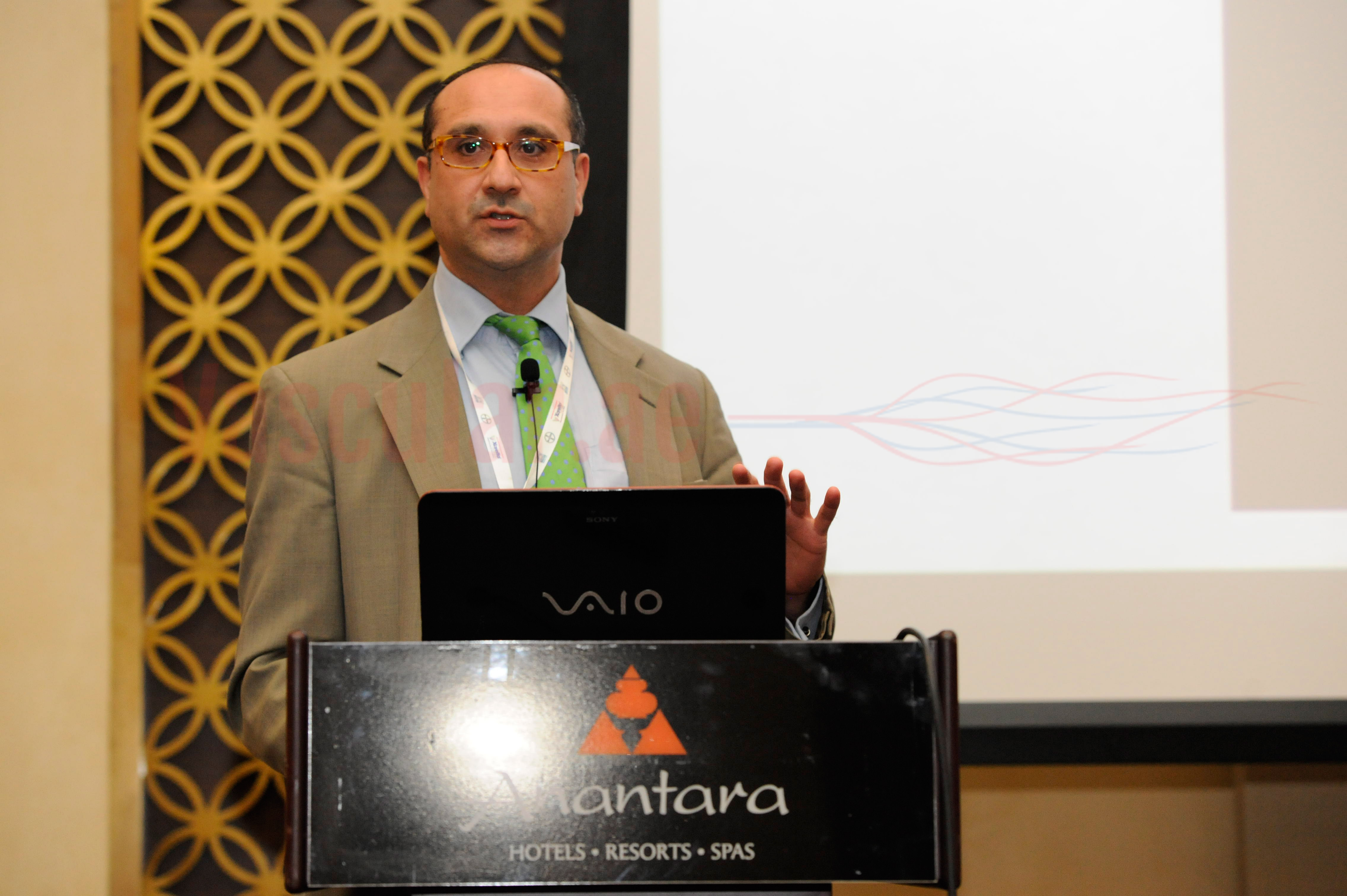
Dr. Amit Kumar at 12th Arab Society of Renal Transplantation and 6th ISN-EMAN Update Course in Nephology 2014...
Read More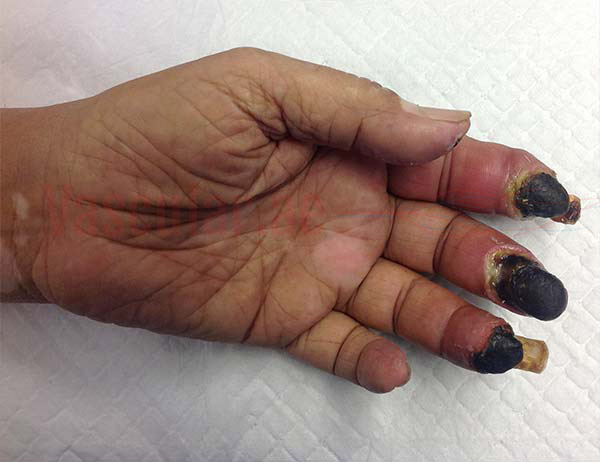
With an increasing prevalence of Diabetes, the number of patients with blockages in the blood vessels (specifically the arteries) is increasing. These patients typically come with leg complaints such as pain in the calf when walking, an ulcer that is not healing or some even with gangrene. What we have seen increasing in our practice is that patients are presenting with hand symptoms as well. One was a 63 year old lady who had diabetes and had a dialysis fistula in the arm......
Read More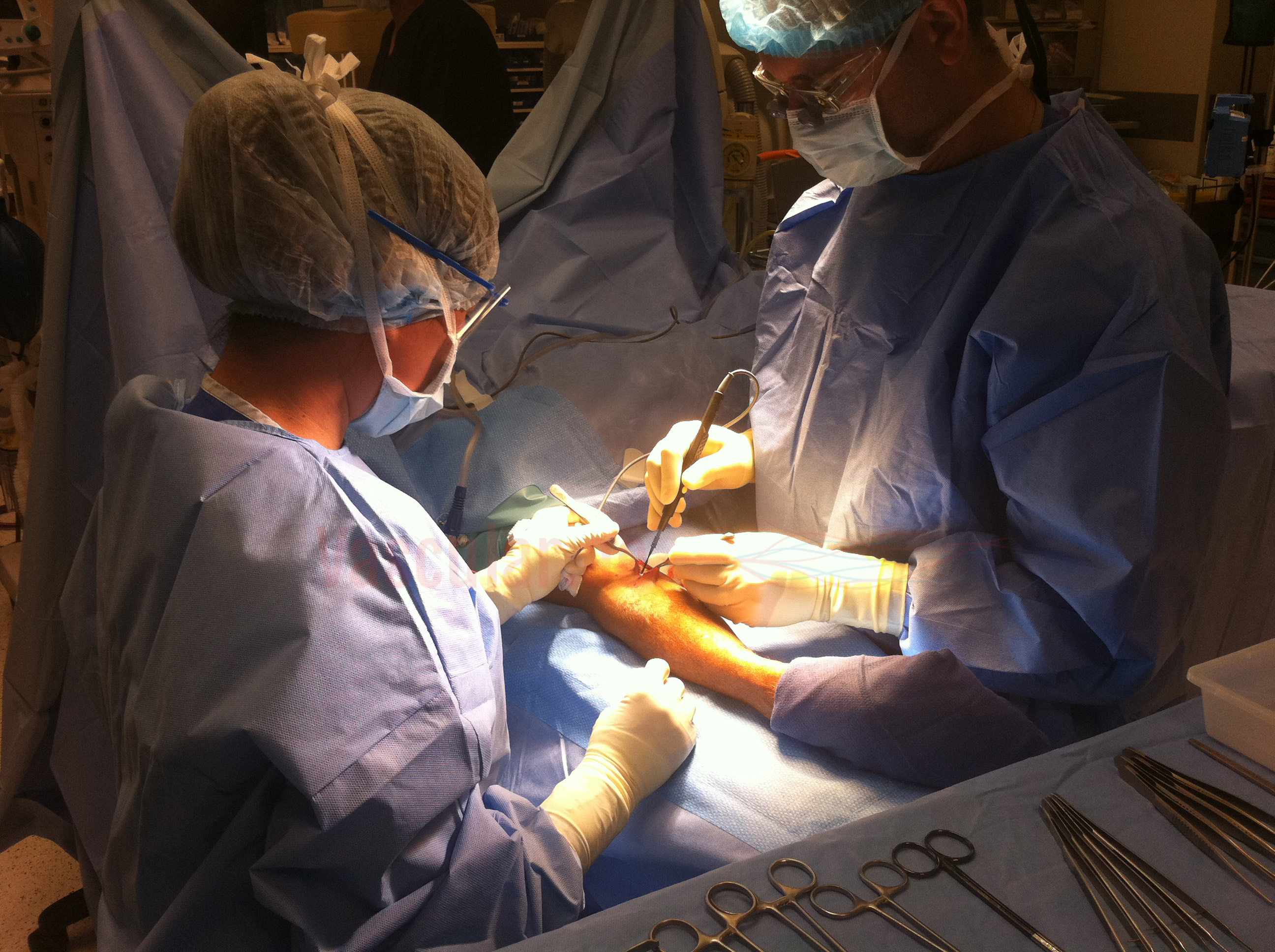
Kidney failure is rapidly becoming a problem from which diabetics are being afflicted. By far the two important risk factors are high blood pressure and diabetes mellitus. About 50% of dialysis patients are diabetics. Worldwide the number receiving renal replacement therapy (RRT) is increasing by 8% annually. Once a person is likely to be on dialysis, early intervention is critical for good results. The ideal treatment is of course transplantation. However this requires......
Read MoreAortic aneurysms are a ballooning of the main blood vessel in the chest or the belly (abdomen). These can be thoracic or abdominal. The abdominal aortic aneurysms are more often seen than thoracic aortic aneurysms. The abdominal aortic are more common in men and in people aged 65 years or older. There are several risk factors for aneurysms including atherosclerosis (hardened arteries), genetic factors, high blood pressure, smoking as well as infection or injury (the latter......
Read More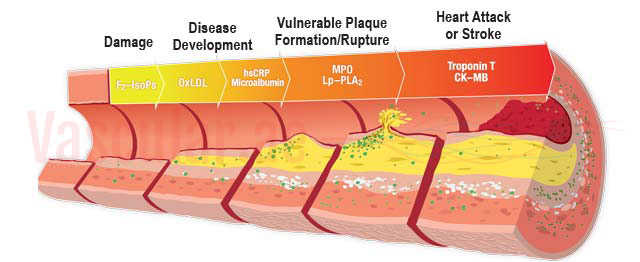
1) The aging process tends to thicken, stiffen and narrow arteries. This is known as arteriosclerosis 2) Plaque and cholesterol builds up within large and medium sized arteries (atherosclerosis) 3) Narrowed blood vessels that lead to the brain can result in carotid artery disease. This condition can lead to a stroke. 4) An aneurysm is the progressive weakening of a blood vessel wall. If not diagnosed and treated, an abdominal aortic aneurysm (AAA) can rupture. AAAs account......
Read More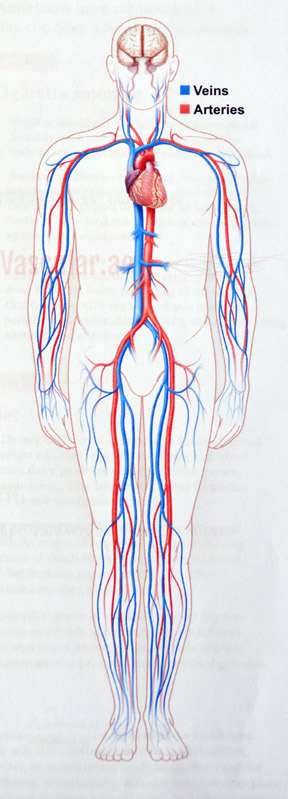
The Vascular system includes 1) Red arteries that carry oxygen-rich blood away from the heart; 2) Blue veins that carry oxygen-poor blood back to the heart. Blood exits the left side of the heart and travels through the body. It enters small blood vessels delivering nutrients while collecting waste products and carbon dioxide. Then, blood travels in veins passing through the Kidneys and liver delivering waste products. Eventually, blood returns to the right side of the......
Read More